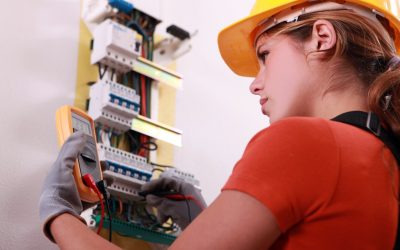Low voltage will refer to electrical power supplies which generate fairly low power levels. For instance, main power distribution lines are thought to be high voltage, whereby low voltage systems involve things such as doorbell chimes or lighting. Those systems utilize unique transformers to decrease the main power supply down to the lower voltage. All those systems pose a vastly decreased risk of death or injury than high voltage, traditional systems.
Standards of electrical power levels
Every country utilizes its own set of standards in order to define levels of electrical power. Both British and international standards consider an AC below 50v, or DC below 120v to be low voltage. The U.S. doesn’t have a certain standard for voltage being low, yet defines high voltage as any source of power greater than 600v. In comparison, a regular household electrical outlet will supply 120v in the United States.
Every high voltage system is very dangerous, and pose substantial risk of both electric arcing and electrical shock. Low voltage systems will pose some shock risk, yet little to no electric arcing risk. Ultra-low voltage will pose little risk of either arcing or shock, and makes it the safest of all types of power supplies.
Advantages of low voltage wiring
The main benefit related to low voltage wiring is that it’s safer than traditional wiring methods. For instance, running landscaping lights that are low voltage in the back yard will pose less risk of death or injury than running standard power lines inside the walls of a home. Also, the increase in safety of those systems means that installation standards will be less stringent. It’ll eliminate the necessity for burying lines or utilizing costly conduits in most applications.
Easier to install
For an average user, lower voltage systems also are easier to install. They may be modified with ease at a later date, and provide users more control over basic power systems in the home. Modernized halogen or LED lights are made to operate with lower voltage transformers, as are many hardware and door security systems.
Drawbacks to lower voltage
One major drawback to lower voltage is that the fixtures have to be installed near a power source or LED Transformer. The wire length runs are fairly limited, although it’ll have little effect upon most daily applications of the technology. Low voltage has to be utilized only with small electrical systems, and might not be suitable for large-scale or commercial electrical projects. Also, some criticize that this kind of wiring provides less durability over a period of time because of a lack of conduits and additional protective devices.








